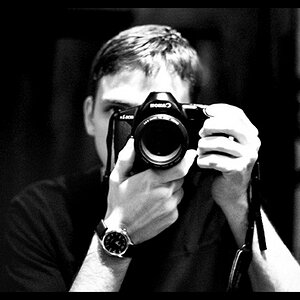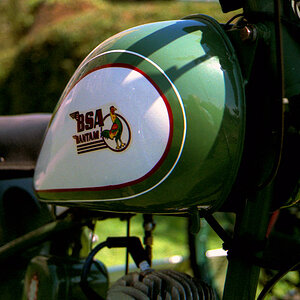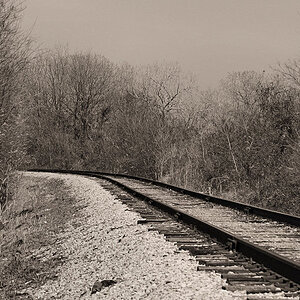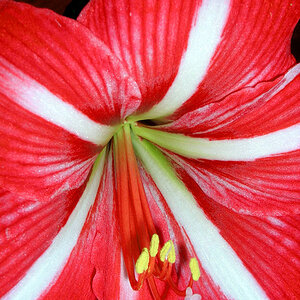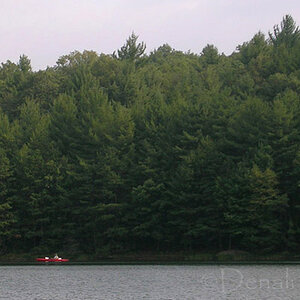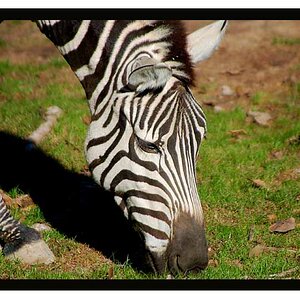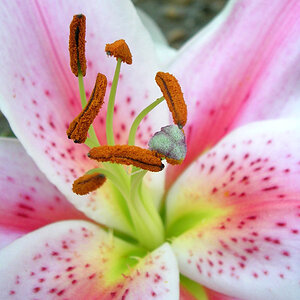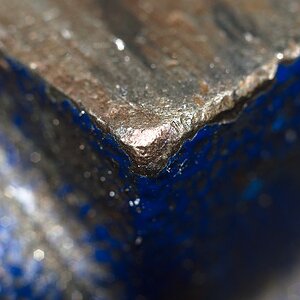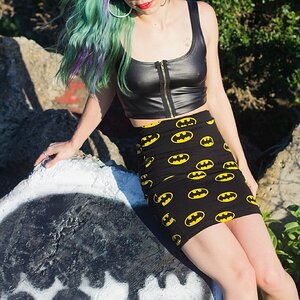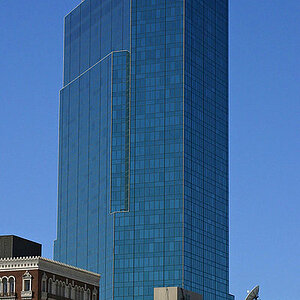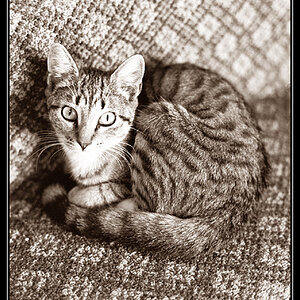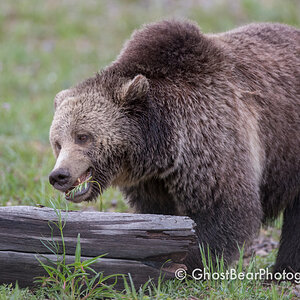Macrotus
TPF Noob!
- Joined
- Jun 11, 2011
- Messages
- 11
- Reaction score
- 0
- Can others edit my Photos
- Photos NOT OK to edit
Hi all
I have looked for Canon telezoom lenses for my Canon EOS 60D. I've thought about buying Canon EF 70-200mm IS USM lens, but I'm not sure which one is the best for me: f/4 or f/2.8. f/4 is much cheaper but aperture is narrower. I'd like to photograph birds, people, landscapes (I also have that 17-85mm /f4-5.6 IS USM, which is good for this), potraits (not always, but sometimes), leaves, trees, plants and so on. Much about nature. Here's some of my pictures (Sorry but it's slow). If someone have those lenses, could you show me sample photos from the same place (zoom 200mm) with those lenses so I could see the difference.
How much image quality suffers if I'd buy Canon EF 1.4x/2x Extender? It will drop the aperture, but it gives me more length. What's the difference between II and III extenders?
I have looked for Canon telezoom lenses for my Canon EOS 60D. I've thought about buying Canon EF 70-200mm IS USM lens, but I'm not sure which one is the best for me: f/4 or f/2.8. f/4 is much cheaper but aperture is narrower. I'd like to photograph birds, people, landscapes (I also have that 17-85mm /f4-5.6 IS USM, which is good for this), potraits (not always, but sometimes), leaves, trees, plants and so on. Much about nature. Here's some of my pictures (Sorry but it's slow). If someone have those lenses, could you show me sample photos from the same place (zoom 200mm) with those lenses so I could see the difference.
How much image quality suffers if I'd buy Canon EF 1.4x/2x Extender? It will drop the aperture, but it gives me more length. What's the difference between II and III extenders?


